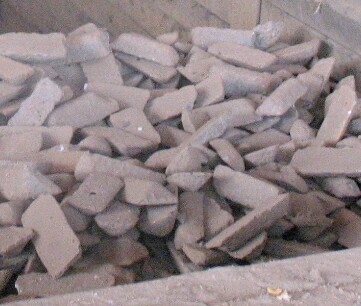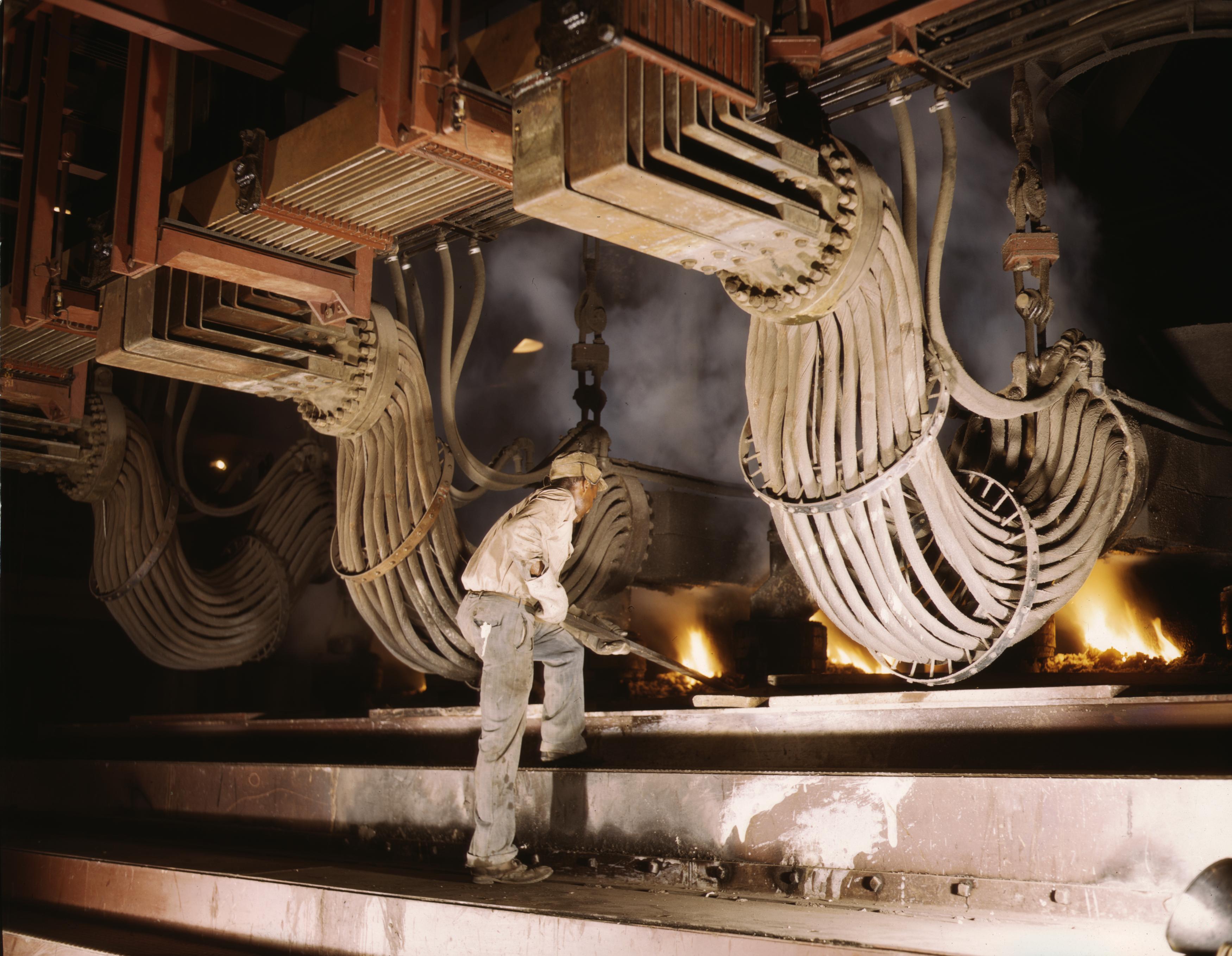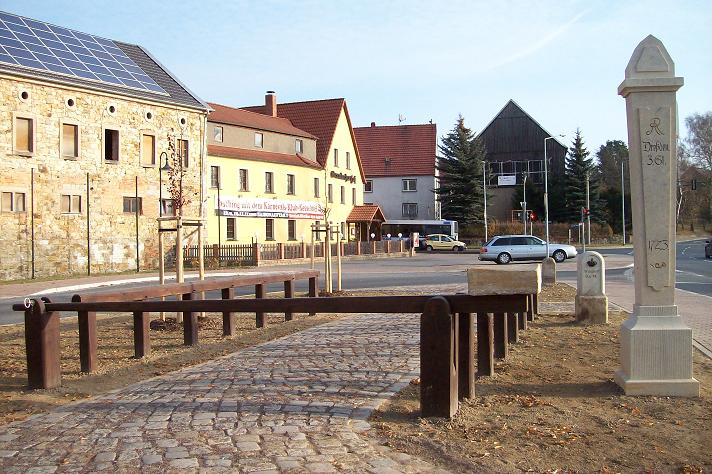|
Burgstall Schlosshügel
The Burgstall of Schlosshügel near Weidenberg is a lost hill castle or circular rampart site of the type known as a motte from the Early Middle Ages. It lies on the southern perimeter of the Fichtel Mountains at a height of 699 metres above sea level (NN) above the village of Sophienthal, which is part of the market borough of Weidenberg in the Upper Franconia county of Bayreuth in Bavaria. The ''burgstall'' or lost castle site was partly investigated by means of an archaeological test excavation and was also mapped several times in the past. History No records of the castle site have been found and nor is its name known. It could be the fortress listed as ''"Gurtstein mitsamt dem Walde"'' ("Gurtstein including the woods") mentioned from 1412 in deeds of enfeoffment.Joachim Kröll: ''Die Geschichte des Marktes Weidenberg.'' 1967, p. 52 What is known is that a tower was built on strategically favourable high ground in order to observe the surrounding area with line-of-sight vi ... [...More Info...] [...Related Items...] OR: [Wikipedia] [Google] [Baidu] |
Hill Castle
A hill castle or mountain castle is a castle built on a natural feature that stands above the surrounding terrain. It is a term derived from the German ''Höhenburg'' used in categorising castle sites by their topographical location. Hill castles are thus distinguished from lowland castles (''Niederungsburgen''). Hill castles may be further subdivided depending on their situation into the following: * Hilltop castle (''Gipfelburg''), that stands on the summit of a hill with steep drops on all sides. A special type is the rock castle or ''Felsenburg''. * Ridge castle (''Kammburg''), that is built on the crest of a ridge. * Hillside castle (''Hangburg''), that is built on the side of a hill and thus is dominated by rising ground on one side. * Spur castle (''Spornburg''), that is built on a hill spur surrounded by steep terrain on three sides and thus only needs to be defended on the one remaining side. When in the 10th and 11th centuries castles lost their pure fortress character a ... [...More Info...] [...Related Items...] OR: [Wikipedia] [Google] [Baidu] |
Rauher Kulm (Upper Palatinate)
The Rauher Kulm is a small basalt mountain located in the Upper Palatinate (Oberpfalz) region of the state of Bavaria, Germany. It is located 23 kilometers southeast of Bayreuth and 5 kilometers south of Kemnath. The town of Neustadt am Kulm is situated at the base of the western side of the mountain. The mountain is 682 meters (2,238 ft) tall and has a 25-meter (82 ft) tall observation tower at its peak. The observation tower offers views of the northern Franconian Switzerland, the southern wall of the Fichtel Mountains, and the Upper Palatinate Forest. Since 1949, the mountain has been protected as a federal monument in the Northern Upper Palatinate Forest Nature Park. There are several well marked hiking paths up the mountain and around the surrounding forests. The mountain is one of the most imposing basalt mountains of Bavaria. According to the Bavarian State Geology Office, during the Tertiary, now also called Paleocene-Pliocene period, a number of active volcan ... [...More Info...] [...Related Items...] OR: [Wikipedia] [Google] [Baidu] |
Hammer Mill
A hammer mill, hammer forge or hammer works was a workshop in the pre-industrial era that was typically used to manufacture semi-finished, wrought iron products or, sometimes, finished agricultural or mining tools, or military weapons. The feature that gave its name to these workshops was the water-driven trip hammer, or set of hammers, used in the process. The shaft, or 'helve', of the hammer was pivoted in the middle and the hammer head was lifted by the action of cams set on a rotating camshaft that periodically depressed the end of the shaft. As it rose and fell, the head of the hammer described an arc. The face of the hammer was made of iron for durability. Hammer mills These mills, which were original driven by water wheels, but later also by steam power, became increasingly common as tools became heavier over time and therefore more difficult to manufacture by hand. The hammer mills smelted iron ore using charcoal in so-called bloomeries (Georgius Agricola 1556, ''Re ... [...More Info...] [...Related Items...] OR: [Wikipedia] [Google] [Baidu] |
Pig Iron
Pig iron, also known as crude iron, is an intermediate good used by the iron industry in the production of steel. It is developed by smelting iron ore in a blast furnace. Pig iron has a high carbon content, typically 3.8–4.7%, along with silica and other dross, which makes it brittle and not useful directly as a material except for limited applications. Etymology The traditional shape of the molds used for pig iron ingots is a branching structure formed in sand, with many individual ingots at right angles to a central channel or "runner", resembling a litter of piglets being nursed by a sow. When the metal had cooled and hardened, the smaller ingots (the "pigs") were simply broken from the runner (the "sow"), hence the name "pig iron". As pig iron is intended for remelting, the uneven size of the ingots and the inclusion of small amounts of sand are insignificant issues when compared to the ease of casting and handling. History The Chinese were already making pig ir ... [...More Info...] [...Related Items...] OR: [Wikipedia] [Google] [Baidu] |
Bloomery
A bloomery is a type of metallurgical furnace once used widely for smelting iron from its iron oxides, oxides. The bloomery was the earliest form of smelter capable of smelting iron. Bloomeries produce a porous mass of iron and slag called a ''bloom''. The mix of slag and iron in the bloom, termed ''Direct reduced iron, sponge iron'', is usually consolidated and further forged into wrought iron. Blast furnaces, which produce pig iron, have largely superseded bloomeries. Process A bloomery consists of a wikt:pit, pit or chimney with heat-resistant walls made of earth, clay, or Rock (geology), stone. Near the bottom, one or more pipes (made of clay or metal) enter through the side walls. These pipes, called tuyeres, allow air to enter the furnace, either by natural draught or forced with bellows or a trompe. An opening at the bottom of the bloomery may be used to remove the bloom, or the bloomery can be tipped over and the bloom removed from the top. The first step taken b ... [...More Info...] [...Related Items...] OR: [Wikipedia] [Google] [Baidu] |
Charcoal
Charcoal is a lightweight black carbon residue produced by strongly heating wood (or other animal and plant materials) in minimal oxygen to remove all water and volatile constituents. In the traditional version of this pyrolysis process, called charcoal burning, often by forming a charcoal kiln, the heat is supplied by burning part of the starting material itself, with a limited supply of oxygen. The material can also be heated in a closed retort. Modern charcoal briquettes used for outdoor cooking may contain many other additives, e.g. coal. The early history of wood charcoal production spans ancient times, rooted in the abundance of wood in various regions. The process typically involves stacking wood billets to form a conical pile, allowing air to enter through openings at the bottom, and igniting the pile gradually. Charcoal burners, skilled professionals tasked with managing the delicate operation, often lived in isolation to tend their wood piles . Throughout histo ... [...More Info...] [...Related Items...] OR: [Wikipedia] [Google] [Baidu] |
Smelting
Smelting is a process of applying heat and a chemical reducing agent to an ore to extract a desired base metal product. It is a form of extractive metallurgy that is used to obtain many metals such as iron-making, iron, copper extraction, copper, silver mining#Ore processing, silver, tin, lead smelting, lead and zinc smelting, zinc. Smelting uses heat and a chemical reducing agent to decompose the ore, driving off other elements as gases or slag and leaving the metal behind. The reducing agent is commonly a fossil-fuel source of carbon, such as carbon monoxide from incomplete combustion of coke (fuel), coke—or, in earlier times, of charcoal. The oxygen in the ore binds to carbon at high temperatures, as the Chemical energy, chemical potential energy of the bonds in carbon dioxide () is lower than that of the bonds in the ore. Sulfide ores such as those commonly used to obtain copper, zinc or lead, are roasting (metallurgy), roasted before smelting in order to convert the sulfid ... [...More Info...] [...Related Items...] OR: [Wikipedia] [Google] [Baidu] |
Iron Ore
Iron ores are rocks and minerals from which metallic iron can be economically extracted. The ores are usually rich in iron oxides and vary in color from dark grey, bright yellow, or deep purple to rusty red. The iron is usually found in the form of magnetite (, 72.4% Fe), hematite (, 69.9% Fe), goethite (, 62.9% Fe), limonite (, 55% Fe), or siderite (, 48.2% Fe). Ores containing very high quantities of hematite or magnetite (typically greater than about 60% iron) are known as natural ore or irect shipping ore and can be fed directly into iron-making blast furnaces. Iron ore is the raw material used to make pig iron, which is one of the main raw materials to make steel — 98% of the mined iron ore is used to make steel. In 2011 the ''Financial Times'' quoted Christopher LaFemina, mining analyst at Barclays Capital, saying that iron ore is "more integral to the global economy than any other commodity, except perhaps oil". Sources Elemental iron is virtually absent o ... [...More Info...] [...Related Items...] OR: [Wikipedia] [Google] [Baidu] |
Hamlet (place)
A hamlet is a human settlement that is smaller than a town or village. This is often simply an informal description of a smaller settlement or possibly a subdivision or satellite entity to a larger settlement. Sometimes a hamlet is defined for official or Administrative division, administrative purposes. The word and concept of a hamlet can be traced back to Anglo-Normans, Norman England, where the Old French came to apply to small human settlements. Etymology The word comes from Anglo-Norman language, Anglo-Norman ', corresponding to Old French ', the diminutive of Old French ' meaning a little village. This, in turn, is a diminutive of Old French ', possibly borrowed from (West Germanic languages, West Germanic) Franconian languages. It is related to the modern French ', Dutch language, Dutch ', Frisian languages, Frisian ', German ', Old English ', and Modern English ''home''. By country Afghanistan In Afghanistan, the counterpart of the hamlet is the Qila, qala ... [...More Info...] [...Related Items...] OR: [Wikipedia] [Google] [Baidu] |
Geleitrecht
The ''Geleitrecht'' ("right of escort") in the Holy Roman Empire was the escorting of travellers or goods guaranteed by the right holder (''Geleitherr'' or "escort lord") within a specified territory or on specific routes. It was a way of providing a form of safe passage for a fee. Operation The right of escort was, in the Middle Ages and Early Modern Period, before the emergence of modern state (polity), statehood with its monopoly on violence, a means of ensuring legal certainty for travellers. An escort was guaranteed by the holder of the right in return for the payment of an escort fee (''Geleitgeld''). It was thus a popular source of income for the territorial lords. They were able to use their original military prowess and "sell" it for highly prized, hard cash, in an economy that, in the Late Middle Ages and Early Modern period, was overwhelmingly based on barter and natural produce. The boundaries between the regions of the individual escort lords (''Geleitherr'') were ma ... [...More Info...] [...Related Items...] OR: [Wikipedia] [Google] [Baidu] |
Historic Road
Historic roads (or historic trails in the US and Canada) are paths or routes that have historical importance due to their use over a period of time. Examples exist from prehistoric times until the early 20th century. They include ancient trackways, long-lasting roads, important trade routes, and migration trails. Many historic routes, such as the Silk Road, the Amber Road, and the Royal Road of the Persian Empire, covered great distances and their impact on human settlements remain today. The Post Track, a prehistoric causeway in the valley of the River Brue in the Somerset Levels, England, is one of the oldest known constructed trackways and dates from around 3800 BCE. The world's oldest known paved road was constructed in Egypt some time between 2600 and 2200 BC. The Romans were the most significant road builders of the ancient world. At the peak of the Roman Empire there were more than of roads, of which over were stone-paved. Another empire, that of the Incas of pre-Col ... [...More Info...] [...Related Items...] OR: [Wikipedia] [Google] [Baidu] |









